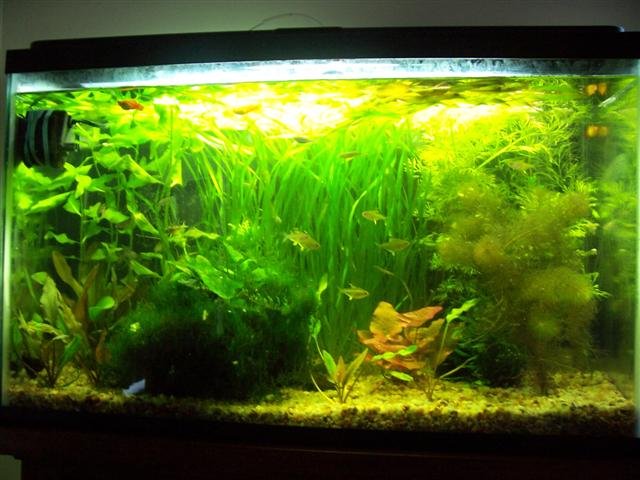Thank you, Tom, for your thoughtful response. So you use the Estimative Index (EI) method. This makes sense if you are trying to create a beautiful centerpiece with little effort. I think you are right, this is what most people want from an aquarium.
I got into this to explore an ecosystem. It is a long term science experiment for me. It is also a tool to teach my daughter ecology. There are lots of very interesting lessons; from stoichiometry to physical chemistry to organic chemistry to microbiology to biology to ecology. I think the rewards of understanding this system are great.
My theory is that if you add ferts it is easy to get out of whack. The ratio of elements in any living organism is pretty close to each other. Whether you are feeding animal or plants as food the ratio of elements is pretty close. This is also the ratio of elements that your plants need unless the aquarium locks up the nutrients like binding iron or binding calcium and phosphates. So if you want to add a nutrient you must be very careful and understand why you need to add that particular element. This is getting to the heart of my query.
I got into this to explore an ecosystem. It is a long term science experiment for me. It is also a tool to teach my daughter ecology. There are lots of very interesting lessons; from stoichiometry to physical chemistry to organic chemistry to microbiology to biology to ecology. I think the rewards of understanding this system are great.
My theory is that if you add ferts it is easy to get out of whack. The ratio of elements in any living organism is pretty close to each other. Whether you are feeding animal or plants as food the ratio of elements is pretty close. This is also the ratio of elements that your plants need unless the aquarium locks up the nutrients like binding iron or binding calcium and phosphates. So if you want to add a nutrient you must be very careful and understand why you need to add that particular element. This is getting to the heart of my query.



